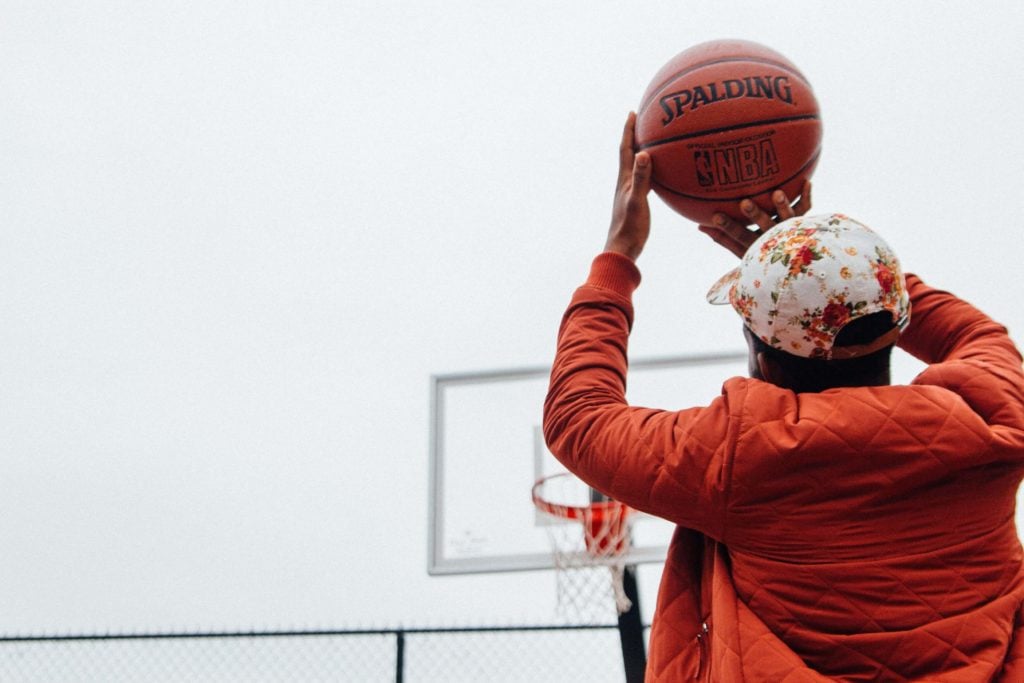Like the NFL, the National Basketball Association (NBA) has a keen interest in expanding the popularity of its sport beyond North America. With rabid fanbases developing around the globe, the NBA has its eyes set on the future with its globalization efforts.
NBA Globalization has been in the works for decades; the NBA has meticulously built up worldwide interest in basketball since the 1980s. While both the NBA and NFL have put in a great deal of effort into globalization, the NBA has a more focused goal of cultural expansion for its future—a goal that is readily attainable.
History of NBA Globalization
The first NBA international exhibition game took place in Israel, 1978. The world champion Washington Bullets played against the Maccabi Tel Aviv, an International Basketball Federation (FIBA) team. While the game had only been an exhibition, the fact that an NBA team lost 98-87 to an international team proved to be a humbling experience for the Bullets. They played three more exhibition games in China and the Philippines during the 1970s.
During the mid-1980s, the NBA’s presence on an international stage grew, with NBA teams playing games in China, Germany, Israel, Russia, Italy, and more.
In addition to international games, the 1980s also saw an influx of foreign NBA players like Kiki Vandeweghe, Detlef Schrempf, and Hakeem Olajuwon. Foreign players gave countries a hometown hero to root for, creating clear NBA team favorites overseas.
In 1992, the world watched in awe as the NBA’s finest were put into the Olympic spotlight in Barcelona, Spain. “The Dream Team” featured superstars like Magic Johnson, Michael Jordan, and Larry Bird. Winning all eight of their games by an average of 44 points, The Dream Team easily secured gold medals in the Summer Olympics and showed the talent and dominance of the NBA to the world.
During the 2000s, the international popularity of the NBA continued to grow, especially in China. With the first-round drafting of Yao Ming in 2002, the NBA’s popularity in China skyrocketed, as millions cheered on the player who was seen as a bridge between the two countries.
Modern NBA Globalization
Even with the retirement of Ming in 2011, the popularity of basketball in China hasn’t dwindled. The NBA has plans to open NBA academies in China, potentially creating an entire generation of players for the association.
Since 2006, the NBA has doubled down on its globalization strategy. Exhibition games between NBA teams and international teams have become more commonplace. NBA regular season games have also been played in both the UK and Mexico since 2011. The quality of regular season games over preseason games is clear, and shows that the NBA is invested in creating a quality global product.
In addition to playing international games, the NBA roster heading into the current season features the second-most number of international players in a professional American sports league with 113, trailing behind only the MLB.
It doesn’t stop at just international players, though. Recently, Indian businessman Vivek Ranadivé and Russian billionaire Mikhail Prokhorov purchased the Sacramento Kings and Brooklyn Nets, respectively, joining long-time Miami Heat owner Micky Arison as the association's only international owners.
Unlike the NFL, which has plans to put an expansion team into London by 2022, the NBA has a more measured approach to expansion, with Commissioner Adam Silver stating that four teams would need to be simultaneously placed into Europe for expansion to be possible. As a result, the NBA is content to bide its time, globalizing its product with cultural expansion.
Cultural Expansion
The culture of the sport has become a global phenomenon, with fans in every country voraciously consuming anything and everything basketball. While locally televised games and sports shows play a part in the NBA’s popularity, the large international following is centered on social media. Teams, players, and fans are encouraged to interact with each other on Twitter.
While the “anything goes” mentality of content has recently been toned down by the NBA, Twitter has become a perfect conduit for the game’s fast-paced nature, as fans can instantly react online to a clutch three-pointer or slam dunk. Team twitter handles are well known for being particularly vicious with their trash talk of each other, adding more weight and bragging rights to games.
Instagram has also provided a platform where players can share their lifestyles on and off the court, giving fans around the world the ability to interact with their favorite players in an instant.
As the sport continues to grow in international popularity, the NBA globalization goals continue to look realistic and attainable in the short term. Even if globalization doesn’t entail immediate team expansion into other countries, the cultural expansion alone has cemented the NBA’s reputation as a model example of globalization in sports.

